Search

Gebrüder Weiss, the world's oldest transport and logistics company, is still family-owned today. Over the course of more than 500 years, the company has evolved into a global player in its sector.
Learn more about our exciting history – one that began half a millennium ago in Fussach on the banks of beautiful Lake Constance.
As so-called Lindau Couriers, ancestors of the family connect two major trading hubs of the day: Milan and the German town of Lindau. The route plied by these couriers takes them from Lindau though the Austrian town of Fussach and the Swiss city of Chur, over the 2100-meter-high Splügen Pass, down to Lake Como and then onwards to Milan.

On June 2, the Lindau Courier safely transports Johann Wolfgang von Goethe to Fussach as he returns from his first trip to Italy. The invoice was preserved in his travel journal: the poet paid 122 guilders for himself and his companion Kayser.

The company is registered as Gebrüder Weiss. and is officially headquartered in Fussach, where its first logistics hub begins operation. The terminal is fully owned by Josef Weiss, who runs the business together with his half-brothers Leonhard and Johann Alois Karl Weiss.
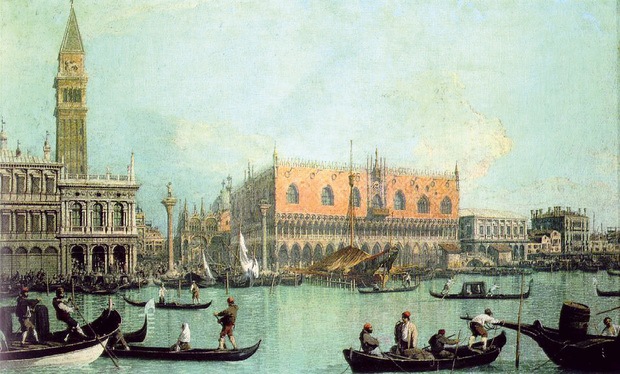
The company Ditta Fratelli Weiss is established in Venice, with further branches being opened in Ganova, Trieste and Switzerland. When the Austro-Hungarian Empire crumbles in the early 1900s, Gebrüder Weiss loses all of its locations south of the Alps.

Ferdinand Weiss takes the helm in a time of turmoil. Despite a global economic crisis, the business expands further under his stewardship.
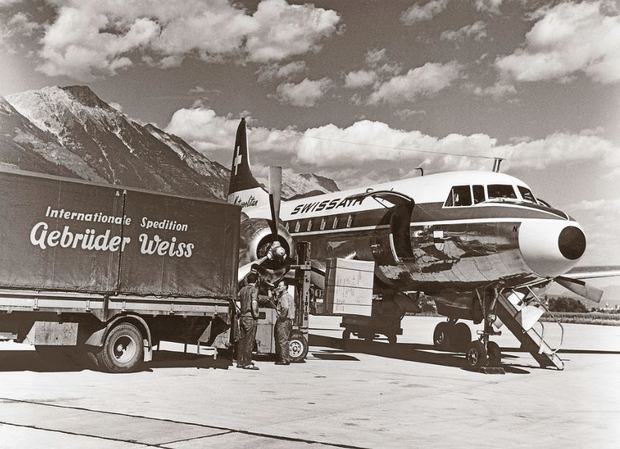
The logistics facilities at railway stations have been destroyed and the trucks confiscated for military use, but the business continues to provide transport services for industry and the general population. In Austria, the network begins to fill out and initial services to Western Europe start up.

Heidi and Paul Senger-Weiss assume management of the company. New terminals are built, existing facilities modernized, and operations become increasingly international.
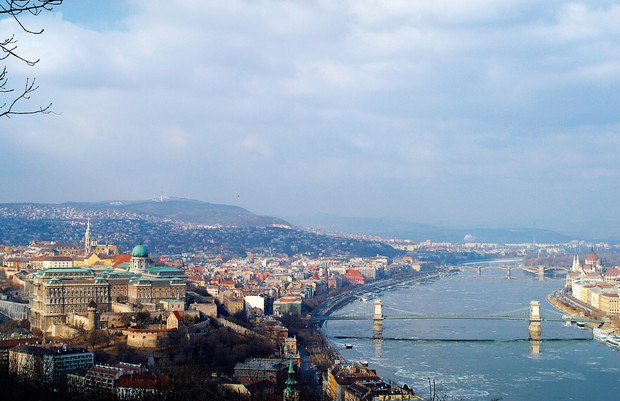
After the fall of the Iron Curtain, Gebrüder Weiss moves into Central and Eastern European countries, starting with its immediate neighbors. Branches open their doors in Budapest, Prague, Brno, Bratislava, Maribor and Ljubljana. At the same time, the first location in the Far East is established in Shanghai – and joined shortly afterwards by a second in Qingdao.
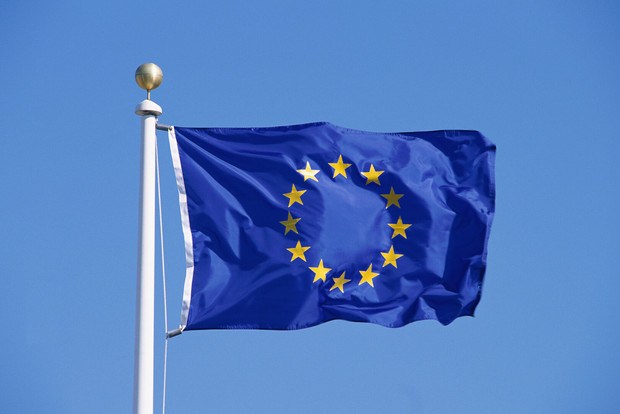
On January 1, Austria joins the European Union. Gebrüder Weiss loses a large portion of its customs business to the domestic market which accounts for a third of its real net output. Through an extensive reorganization of all procedures and the intensive commitment of all partners, GW emerges stronger from this crisis and exploits the new opportunities offered by the extended market.
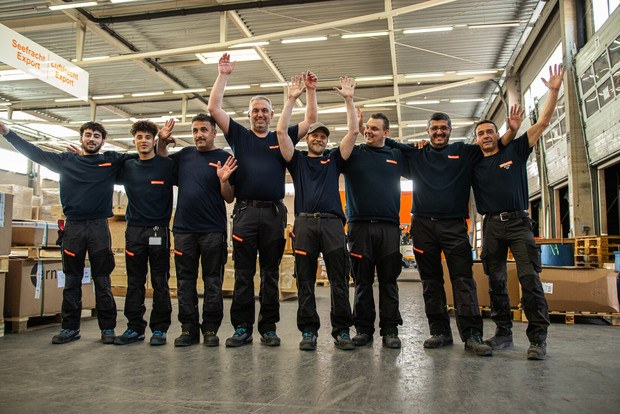
By the beginning of the year, Gebrüder Weiss has 4,350 employees at 140 locations. Twelve months later, it posts sales of over 1 billion euros for the first time.

A logistics terminal in Georgia is officially opened. Other key locations along the New Silk Road follow: in Russia, Kazakhstan, Armenia and Uzbekistan.
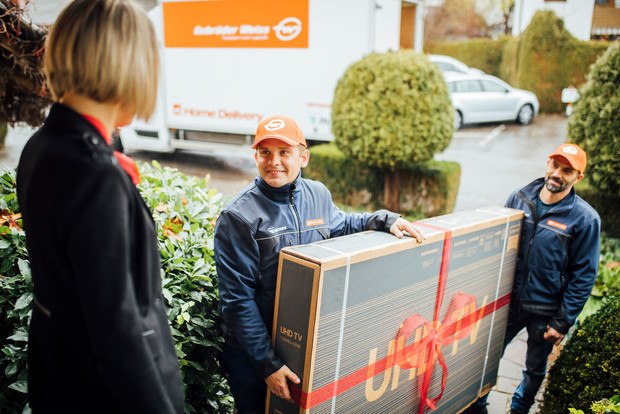
In Austria, Gebrüder Weiss launches a new product division for retailers and end consumers: Home Delivery. Numerous locations in Central and Eastern Europe are progressively added.

Gebrüder Weiss bolsters its network by commencing operations in the United States, Singapore and southern China.
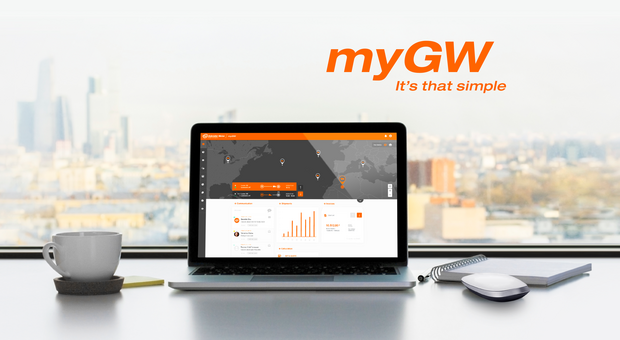
The myGW customer portal is launched as part of the company's digitalization program. South Korea, Australia and New Zealand all become part of the orange world.

Gebrüder Weiss puts its first hydrogen truck on the road. In addition, the company launches its “Future of Mobility” initiative and becomes a supporter of the Austrian Space Forum and the Swiss Federal Institute of Technology (ETH) Zurich. Market entry takes place in Poland and Malaysia.
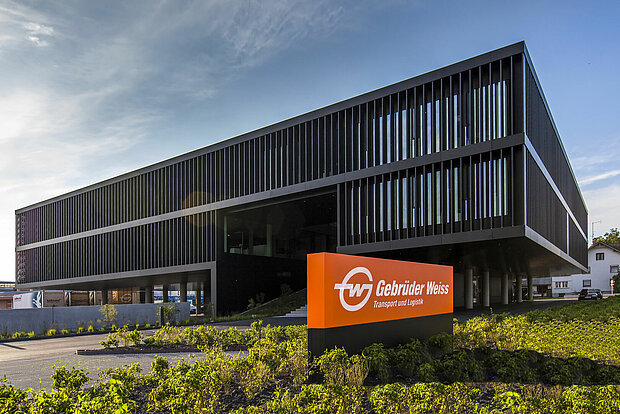
The company continues its growth trajectory of recent years, achieving record revenue of €3.01 billion. A total of €67 million is invested to strengthen the network and expand international locations and services.
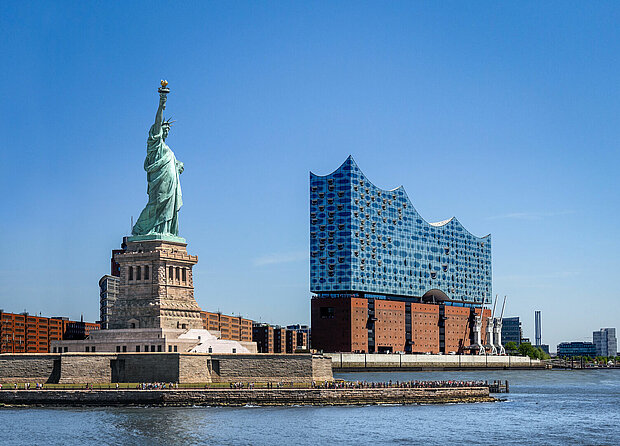
With a record investment volume, Gebrüder Weiss strengthens its network in Germany and the USA and underlines its growth strategy in these key logistics markets. In Austria, the company is named "Logistics Brand 2023".
